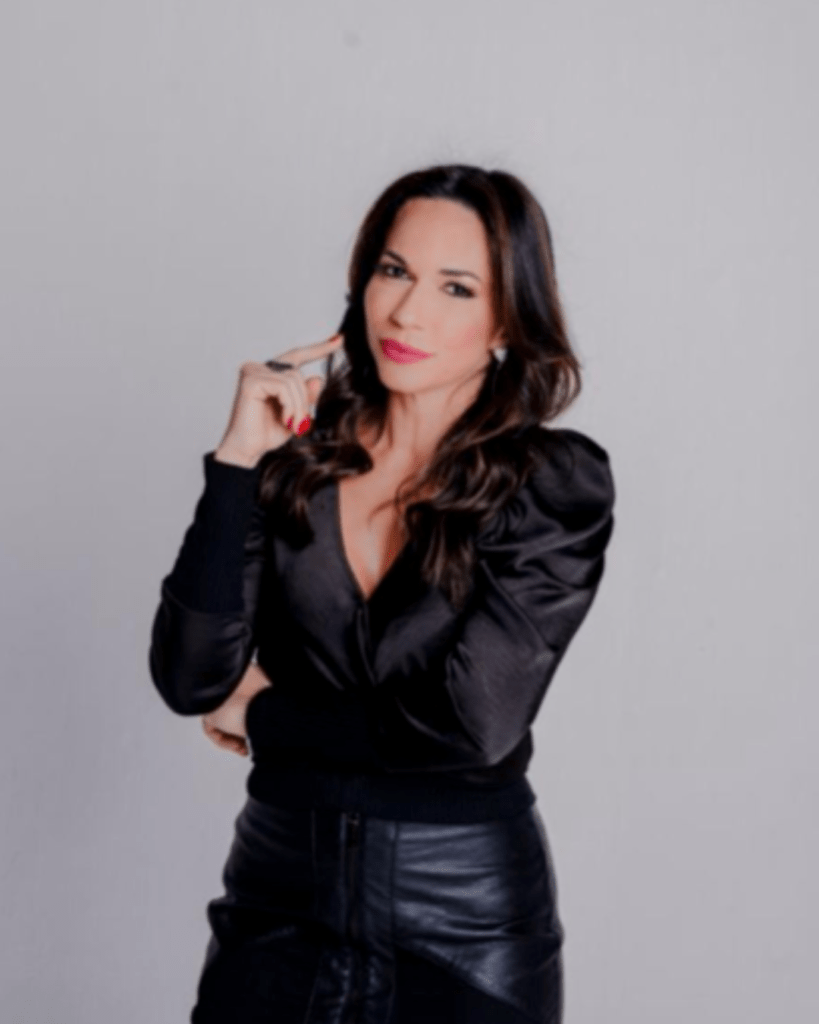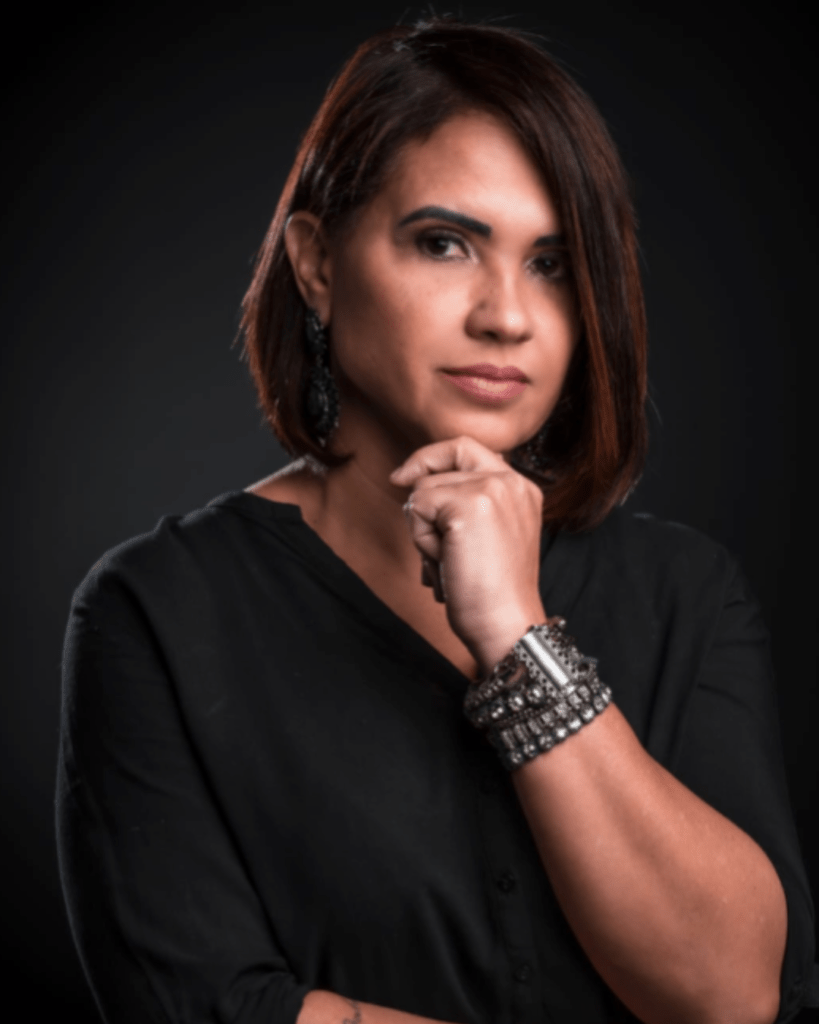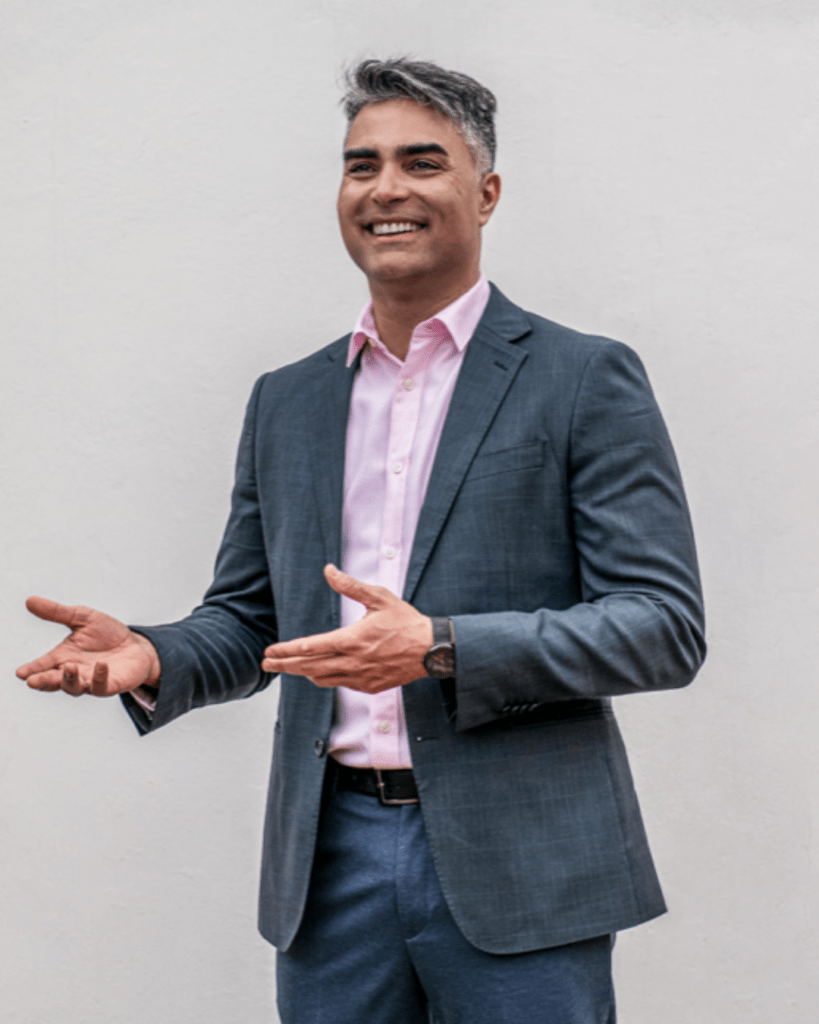-
Portants publicou uma atualização 3 anos, 6 meses atrás
So, what are the differences between 100% cotton and poly-cotton blend fabrics? To start with, a poly-cotton blend is just what its name suggests: a fabric that is made up of cotton and polyester fibers. The ratio varies, with 65% cotton and 35% polyester being the most common. 50/50 blends are also easily found. The blend is designed to afford the advantages of both the cotton and polyester fibers into one fabric.
What are the advantages and disadvantages of cotton?
100% cotton is a fully breathable fabric, which means that it can be cooler to wear in hot conditions. However, as the thickness increases, the breathability decreases. 100% cotton tends to rip and wear out easily, depending on the weave. Cotton canvas is a very durable and abrasion-resistant fabric, but it is very thick and heavy. In regards to safety, cotton fibers that have not been treated for fire resistance will tend to burn away where polyester will melt. As a natural fiber, 100% cotton garments also tend to be a bit more expensive than their synthetic counterparts.
Polyester has an equal number of advantages and disadvantages as cotton
Polyester does not breathe and has a tendency to stick to the skin once perspiration begins. In regard to durability, polyester is a more elastic fiber and therefore tends to be tear resistant. However, it does not tend to be as abrasion-resistant as cotton canvas. As polyester is not dependent upon the forces of nature for a successful harvest, it is usually considerably cheaper than 100% cotton.
A fabric made from a polycotton blend combines the strengths of the two fibers. Polycotton garments are breathable, tear-resistant, and can be fashioned into abrasion-resistant fabrics, like canvas. While not as inexpensive as pure polyester, polycotton blends do tend to cost less than comparable garments made of 100% cotton and they provide much more comfort. The previously mentioned 65/35 blend of cotton and polyester is the most popular for work garments, particularly because of price, durability and a larger color selection is available for purchase. When shopping for work garments, the choice between 100% cotton and polycotton blends depends largely on the work environment and personal preference. If employees work indoors around machinery, the tear-resistance of polycotton may be favorable. If the work is in an outdoor setting, particularly in hot climates, 100% cotton fabric could be the better choice. Before deciding, make sure to take all environmental factors into consideration.
It is the intention of this article to help shed some light on the different types of fabric characteristics of 100% cotton and poly cotton fabric. We are hoping to share our thoughts with you in order for you to make a more informed decision when choosing the fabric type for your garments.
If you’ve ever wondered what’s the difference between water-resistant and water-repellent or between water-repellent and waterproof or between water-resistant and waterproof textiles and clothing, you’ve come to the right place.
The main function of outdoor clothing is to provide protection against environmental factors. In a wet environment, the basic requirement for clothing is to keep the wearer dry. Therefore, the outer layer of your clothing, as well as your gloves or mitts, need to resist moisture. But what are the main terms regarding this? What do they really mean? Is there any difference between them? If so, what’s the difference? Here, we’ll try to answer these and many other questions regarding water-repellent, water-resistant, and waterproof fabrics and clothing.

MENTORA ELIENAI PEREIRA
Especialista em Liderança Executiva
Diretora Executiva Supra Alimentos, Palestrante, Master Trainer empresarial, formada em Teologia, Direito, MBA em Gestão de Vendas pela FGV, Especialização em Liderança e Negócios pela Harvard Business School – EUA, Liderança e Coaching pelo College Business da Universidade de Ohio – EUA, MBA em Desenvolvimento Humano, Especialista em inteligência emocional, Hipnoterapeuta e Master em Programação Neurolinguística.





